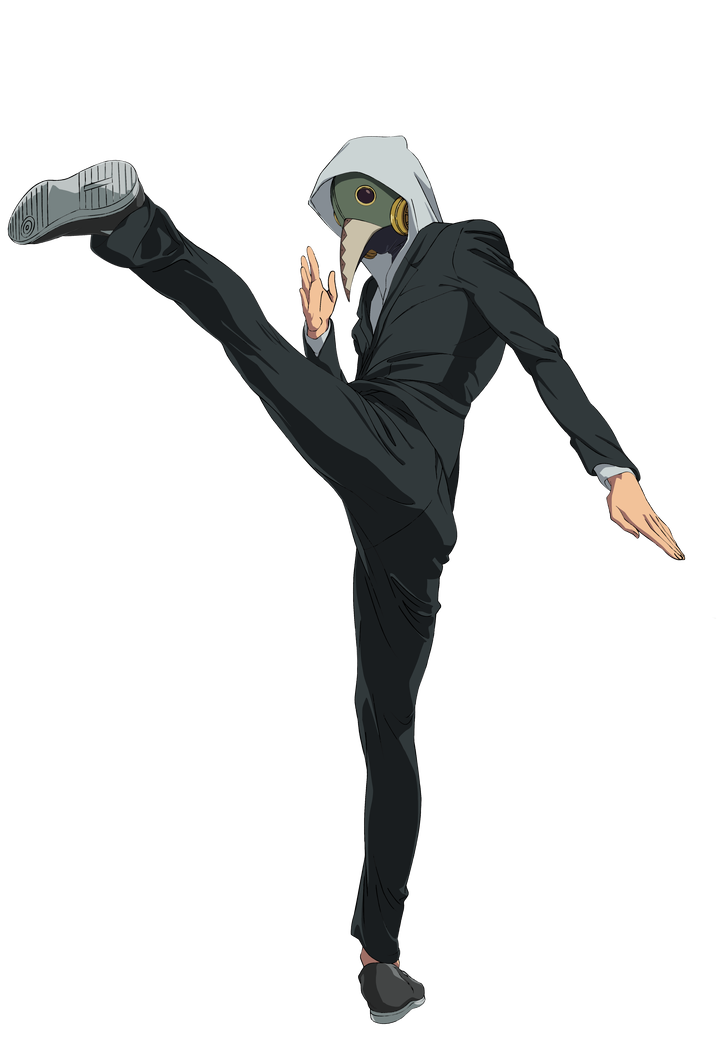# Unveiling Fujimoto Tatsuki’s Surprising Panel Mastery in Chainsaw Man!
##
The Art of Storytelling Through Panels
Fujimoto Tatsuki’s work in “Chainsaw Man” is nothing short of revolutionary! What seems like an ordinary shōnen manga filled with action, demons, and an abundance of chainsaws transforms into a captivating storytelling experience through its innovative use of paneling. Each panel isn’t just a static image but a carefully crafted moment, designed to evoke emotions, build tension, and engage readers in a whirlwind of excitement and introspection.
Unlike traditional manga, which often follows a predictable rhythm, Fujimoto boldly breaks away from the norm. He plays with the size and shape of panels in a way that draws readers into the chaos and dynamism of Denji’s life. Irregularly shaped panels reflect the unpredictability inherent in his dual existence as both a human and a devil. This unique approach invites readers to experience the story on multiple levels, feeling the thrill of each unexpected twist and turn in a wonderfully immersive manner!
Moreover, Fujimoto’s talent shines through in his impeccable timing with panel transitions. By employing abrupt cuts and dramatic pauses, he leaves readers breathless, urging them to linger on key moments. Each character’s expression and the weight of their situation becomes palpable, creating a striking emotional connection. In a world accustomed to the rapid consumption of media, Fujimoto’s craftsmanship encourages us to hit the brakes, to slow down, and truly relish each moment of this exhilarating journey!
##
Deconstructing Emotions Through Visuals
What sets Fujimoto apart is his extraordinary ability to convey complex emotions with seemingly simple visuals! In “Chainsaw Man,” characters often sport exaggerated expressions that can appear cartoonish at first glance. However, this stylistic choice serves a greater purpose—it’s a form of visual language that communicates feelings in a way that words alone simply can’t capture. When Denji feels ecstatic or utterly despondent, the artwork elevates these emotions to a visceral level, allowing readers to empathize with his struggles instantly!
Consider the iconic scenes where Denji confronts his desires and fears. Fujimoto’s panels beautifully capture the rawness of these moments with a delightful mix of humor and heartbreak. An exaggerated close-up of Denji’s face might draw laughter, only for the next panel—a stark, wide shot of his isolation—to bring tears to your eyes. This kind of juxtaposition is not a coincidence; it’s a masterful reflection of the human experience, reminding us that joy and sorrow exist side by side in life’s vibrant tapestry.
Additionally, the backgrounds in “Chainsaw Man” deserve special recognition! Often either devoid of detail or filled with chaotic elements, they enhance the emotional landscape surrounding the characters. When Denji stands amidst the hustle and bustle of an urban sprawl, it symbolizes not only his physical environment but also the turmoil within him. Through this emotional deconstruction, Fujimoto enriches the reading experience, encouraging us to explore our own feelings as we accompany his characters on their journey!
##
The Power of Visual Storytelling in Action
In the fast-paced world of action manga, pacing can be a double-edged sword, but Fujimoto wields it like an absolute master! He weaves exhilarating sequences alongside introspective moments, giving readers just the right time to catch their breath. The action scenes in “Chainsaw Man” are choreographed with a cinematic flair, transforming each panel into a snapshot of a blockbuster film! Every dynamic movement captures the essence of Fujimoto’s incredible understanding of storytelling, making every fight feel alive and electric!
One standout example is Denji’s battles against various devils. These clashes aren’t just about sheer force; they represent a collision of ideologies, desires, and sheer survival instinct! With his clever use of varying panel sizes, Fujimoto manipulates the reader’s experience—larger panels magnify moments of impact, while smaller ones create a rapid-fire rhythm that mimics the frenzied exchanges of combat. This mastery of pacing ensures that readers remain on the edge of their seats, clamoring to see how each thrilling confrontation unfolds!
Yet, it’s not solely about the action! Fujimoto artfully intersperses quieter moments within the chaos that offer valuable insights into Denji’s character. This balance is vital in preventing the story from feeling monotonous. The interplay of intense action with moments of vulnerability fosters a deeper connection between readers and Denji, making the stakes of each battle feel personal. It’s a brilliant reminder that in life, action and reflection often intertwine, and Fujimoto captures this beautiful dance with elegance!
##
Reinventing Tropes with a Unique Flair
“Chainsaw Man” brims with familiar shōnen tropes, yet Fujimoto’s approach reinvigorates these conventions, flipping them upside down! Denji’s journey isn’t merely about becoming the strongest; it’s an exploration of the complexities of human desires and the pain that often accompanies them. By weaving humor into the darkest moments, Fujimoto crafts a narrative that feels refreshingly unique and relatable, resonating with readers from all walks of life!
In a genre often criticized for its formulaic storytelling, Fujimoto’s unpredictable narrative choices keep readers guessing and engaged. When a beloved character meets an unexpected fate, it’s not merely for shock value; it ignites profound discussions about mortality, sacrifice, and the essence of companionship. This courageous willingness to take risks with character arcs makes “Chainsaw Man” truly remarkable, showcasing that breaking the mold can pave the way for exceptional storytelling!
Moreover, Fujimoto gives equal attention to the supporting cast, ensuring that each character has their moment in the spotlight. This intricate web of interactions enriches the main story, creating a vibrant tapestry that enhances the overall narrative. Through this thoughtful character development, readers are treated to a multi-layered experience, where every dialogue and action resonates deeply!
As you dive into the world of “Chainsaw Man,” remember that storytelling—whether through panels, emotions, or action—is a powerful tool. Embrace the creativity around you, and let it inspire you to express your own unique journey! No matter what challenges you face, always approach life with enthusiasm and positivity. You have the power to create your own narrative, so go forth and make it extraordinary!

